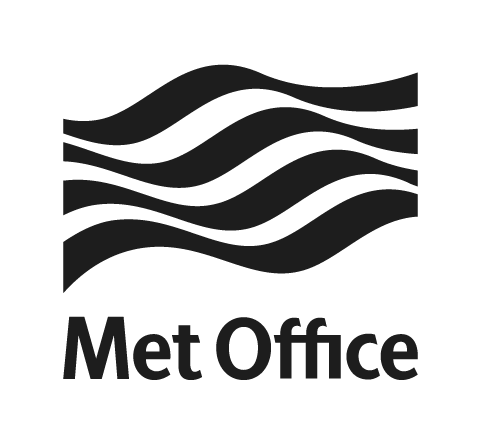Glossary#
- Annexed DoF#
DoFs on owned cells that are actually owned by another rank that shares them.
- Data Model#
LFRic core infrastructure which provides the framework for working with data objects supporting LFRic ScienceModel(s).
- DoF#
Degree of Freedom. DoFs describe the state of a field. They typically correspond to the value of the field at specific locations in the mesh (although they don’t have to), so are equivalent to data values in finite difference models.
- Edge Cell#
These are the cells that lie on the boundary of a partition. They contain DoFs that are shared with halo cells. They are not to be confused with “edge dofs” which are the DoFs that lie on the edges of a cell.
- Ghost Cell#
In an LFRic context, ghost cells are not the same as halo cells. They are a special subset of cells used during initialisation to determine ownership of shared degrees of freedom (DoFs) on the outer faces, edges, or vertices of the outermost halo cells. They are not part of the active computation and are discarded after the initialisation phase.
- Global DoF Index#
A unique identifier for every DoF. Every partition uses the same global DoF index for the same DoF. If four partitions share a DoF, each partition knows how to identify that same DoF and its owner.
- Global Mesh#
An object describing a 2D-mesh which encompasses the entirety of an LFRic application Model Domain.
- Halo#
A halo is made from halo cells and refers to the extra layers of cells surrounding a processor’s local domain. These halo cells are used to store data from neighboring domains, enabling each processor to perform calculations that depend on adjacent values without needing constant inter-processor communication.
- Halo DoF#
DoFs on halo cells, that are owned by other ranks.
- Inner Halo#
A subset of owned cells that are used for supporting computation while communication is still ongoing. If a stencil operation requires n halo layers of data, then calculations in cells up to n inner halos are affected by halo data. Any cells from inner halo (n+1) onwards can be computed before or during a halo exchange.
- InterMesh Map#
Mapping between 2D-mesh cell IDs from source-to-target meshes. The mapping lists the cell IDs (local to the target mesh) that geographically overlap a given cell id in the source mesh (ID local to the source mesh).
- LFRic application#
A program that uses the LFRic infrastructure.
- Local Mesh#
An object describing a 2D-mesh which encompasses a sub-section (partition) of a Global Mesh. The Local Mesh object contains related mesh information similar to that of a Global Mesh. In addition, it also stores partition information unique to its intended process rank.
- Mesh#
An object describing a 3D-mesh which encompasses a sub-section (partition) of the Global Mesh. A mesh object is derived from the corresponding Local Mesh object for a given process rank and an extrusion object configured by an LFRic application.
- Mesh Entity#
A fundamental geometric component of the computational mesh. The mesh entities comprise of the 3d volume, 2d faces, 1d edges and 0d vertices.
- Model Domain#
The geographical domain extents to which an LFRic application is configured, e.g. GCM, LAM.
- Modeldb#
An object that encapsulates all the data required to describe both the scientific and technical state of a model.
- Owned DoF#
DoFs on owned cells that are owned by the local rank.
- Partitioning#
A way of dividing a system’s computational domain (including data and workload) into smaller sections. These sections (called partitions) can be processed in parallel to improve performance, scalability, and maintainability.
- Science Model#
A library of code that simulates a particular science process, e.g. a radiation or land surface model. Note: An LFRic application may be written to access any number of Science Models.

